How Project Charter Can Help You to Identify Your Stakeholders
Those who plan do better than those who do not plan even though they rarely stick to their plan.
~ Winston Churchill
Planning gives us the opportunity to anticipate the amount of work and duration requires to execute the project beforehand. But planning is not only limited to few verbal meetings and discussions, It is also required written documents which can be referred later in the project lifecycle whenever needed. Instead of thinking about the type of documents and their usage at different stages of the project, it's better to adapt the established project management standards which can lead us throughout the project to get the desired success.

Project Charter is one of such document which provides the essential information about the project. At the initiation phase, it is the only document which presents a tentative shape and size of the project. And for the Project Manager, it is the document which formally authorizes them to kick off the project. Another important aspect of the project charter is that it provides us the opportunity to identify our stakeholders at the early stages of the project.
But, some people still debates on whether the project charter and other such documents of project management standards are really essential to follow or can be skipped. There may be different opinions depending on the type and size of the project. But one thing is sure that following the standard practices of project management not only assists in the better management of the project but also reduces the chances of failures.
Before moving to the project charter and the benefit of early identification of stakeholders, let's first discuss a typical business scenario to understand the benefit of project management processes.
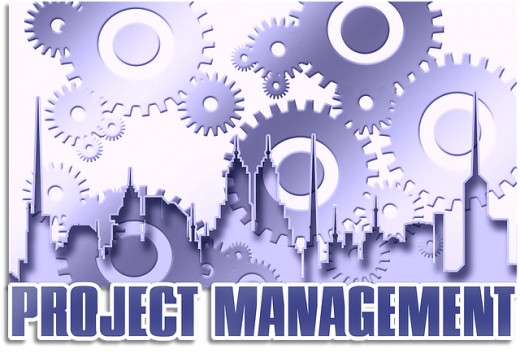
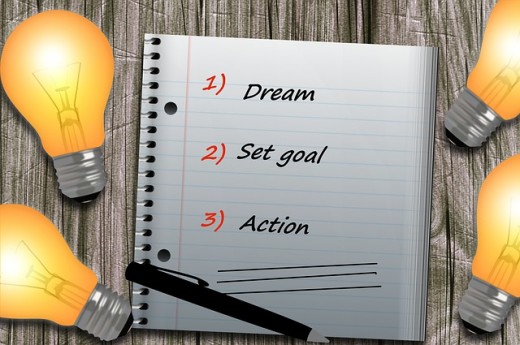
Case Studies
To continue our discussion on how the standard processes help your project to achieve its success, let's discuss the following case.
Business Scenario
Let's discuss a scenario of a construction company where no formal project management processes are in place. The company recently won a tender to construct a flyover over a busy road in the city.
After initial formalities, they jumped to start making the flyover. They requested the architects, engineers and the workers to start the work. Everyone planned their work as usual. The Architects draws the diagrams, while the engineers prepared their plan. And finally, the work began in few weeks. Things were going well and as expected, after few weeks they were able to complete some major portions of the work.
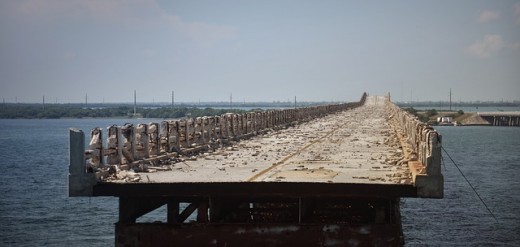
Problem Statement
But the problem starts when someone filled a lawsuit in the local court to stop the work. The honorable court issued a stay order on the ongoing work till the problem resolved. The work stopped, the laborer sits idle, all the raw materials are lying on the site. Imagine the situation, what will happen if the work doesn't start again, a lot of money already spent on the project.
Conclusion
The root cause of such problem is not the man who sued the company, but it is the company who were not following the project management processes. That is the reason they have missed to take the consent of a person whose some portion of the house is coming in the way of the flyover. If they would have follows the actual processes then they could have taken the consent of every stakeholder at the beginning of the project, while preparing the Project Charter.
This is a simple example of project management where the organization is not following the basic project management principles.
SOLUTION
When the proper project management processes are in place, this type of situations can be managed smartly at the beginning itself. In project initiation process, the first step is to prepare the Project Charter. The Project Charter is that fundamental document which captured the consent of all the stakeholders at the initial phases. And without the approval of the project charter, the work can not be started.
There is an important section in project charter which asks to identify all the stakeholders and take their requirements before proceeding further. The requirements should be noted and based on that action can be taken for a smooth sailing of the project.
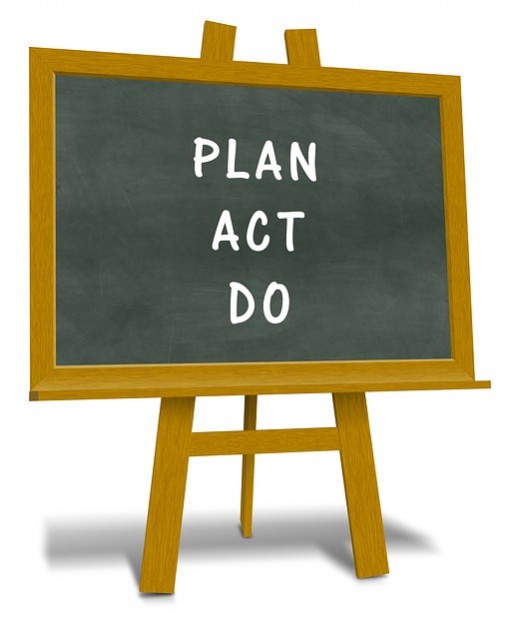
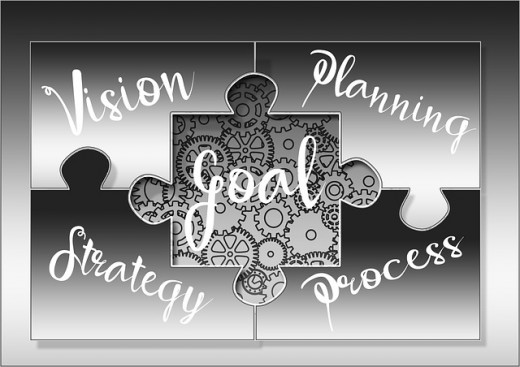
The Power of Project Charter
While initiating a project, the first and important step is to prepare the project charter. When the project charter is ready and approved by the project sponsor, that is the moment your project actually kicks off. And the project manager is formally authorized to roll the project using the required organizational resources.
Ingredients for Project Charter
While preparing the project charter, you need to consider the SOW - the project statement of work, the business needs, cost benefit analysis reports, and other organizational documents available at your disposal. Based on all those information you can start preparing the project charter. Also try to get as many details available from the sponsor and customer, though they may not have the clear picture at the initial stages.

Purpose of Project Charter for the Project Managers
You should not underestimate the value of project charter. Your success as a project manager can be measured only by the success of the project, and the success of your project depends upon a well-prepared project charter.
- It is the project charter by which the project manager gets the formal authority to use the project resources to start the project. People also advise that you should not start the actual project work without a project charter that is formally approved by the designated authority
- It is the piece of a document which contains the high-level objectives and success criteria of the projects; provides a high-level picture of the project at the initial stage
- It also has the high-level constraints and risks of the project. The project managers should watch them while preparing the other necessary documents of the project
- Initially there many assumptions in the project, the project charter gives the opportunity to reveal those assumptions up to some extent which can be simplified further at the requirement gathering phases while finalizing the project scope.
Let's discuss a sample project charter template and it's contents.
Project Charter Template
Content
| Summary
| Description
|
|---|---|---|
TITLE AND DESCRIPTION
| The name of the project with brief description
| The description should be a high level contents about the project, what is it, where to use and who will going to use the project deliverable, etc.
|
PROJECT MANAGER ASSIGNED AND LEVEL OF AUTHORITY
| The name of the Project Manager and the authorizing capacity of him
| Authorising capacity includes the amount of budget he can approve for the project, authority to manage project schedules, resource acquiring and other such details.
|
BUSINESS CASE
| The purpose of the project and the benefit it can leverage from the project.
| You need to mention how the project helps the organisation to earn the revenue, specify the number as well as do mention the other benefit your organisation will achieve after successfully completion of this project.
|
STAKEHOLDERS AND OTHER KNOWN REQUIREMENTS:
| All the identified stakeholders till date who can influence your project should be mentioned here. Also if any known requirements are there then list down them.
| You need to list down all the stakeholders identified till that time. If the list is too long then attach them in separate sheet and mention the location here. Also mention the known requirements related to your project whether local laws or government policies as per your project work areas.
|
OTHER ORGANIZATIONS INVOLVED IN THE PROJECT
| Mention the other party which are involve in your project apart from your own organisation and their level of involvement in the project work.
| Many projects need help from other organisations to fulfil their project needs. For example a construction company needs help of architecture firms for their project designs, where as a IT project may need a help of professional team from other organisation to maintain the data servers.
|
HIGH-LEVEL MILESTONES
| The major milestones should be mentioned at high level to keep track of the project. Those milestones can be modified later in the planning stage as per requirement.
| You should mention the project start and end date, starts of various phases and their ending date, you can also mention dates of important delivery and other milestones.
|
ASSUMPTIONS
| Mention the assumptions if any for which you do not have any concrete details at present.
| List down all the assumptions for which you do not have any data to proof at that point, and those can be clarified later when details are available.
|
CONSTRAINTS
| The limitations which can hold back the project achieve its goal.
| All the known project constraints should be mentioned, which can be considered while preparing the project risk plan and other project documents.
|
HIGH-LEVEL RISKS
| High level risks including the threats and opportunities identified for the project.
| For example, you can mention the upcoming storm as per weather prediction if that may hamper your nature of business, or potential specific gains you will achieve after completing a specific task.
|
PROJECT SPONSORS
| Mention the name of the sponsor/s
| After all without his approval the project charter is of no value. After his signature this document becomes alive.
|
This is a common Project Charter template which can be used in many cases. Further, you can add more information as per the nature of your business. You may add information to the different signing authorities such as department head, operation head


Identification of Stakeholders
One of the important parts of the project charter is the identification of stakeholders. For any successful business, it is important to manage the stakeholders. We initiate the project for them, plan, execute and implement as per their needs and finally deliver it for their use. So, it is important that we should know our stakeholders to manage them better.
So, who are your stakeholders? Normally for any standard project, there are many people, groups, and sub-groups associated with the project who can impact or be impacted by the outcome of the project. They have that influential power which can affect the project in either way. They can be the senior managements, Partner or Client representatives, Subject Matter Experts, or the third party vendors from whom you are going to purchase the resources.
Steps to Watch
Be careful while identifying your stakeholders. As a normal human bias, we always care for the influential and powerful people but underestimates the people standing on the other side of the crowd. Thinking on that angle may put you in trouble later in the project. Because initially one stakeholder may look like not related or not so influential for the project, but you never know when the wheel of fortune turns, in a given day the change of their position can impact your project badly. Even worse if they halt your ongoing work or demand something bigger which you cannot fulfill, and ultimately your project will suffer.
How to Identify Your Stakeholders?
To find out the stakeholders of your project, you need to -
- First, discuss with your sponsors, managers to get the initial list of stakeholders
- Take inputs from SMEs(Subject Matter Experts) and other project managers who have worked in similar nature of projects before to get an idea who else could be your stakeholders
- Also look for the archived lesson learned documents in the organizations and take the reference from other available sources to know more on the probable stakeholders who can be included in the project
Never judge a stakeholder based on his current position or impact on your project. You never know when his position will change, the least influenced person can become influential or the other way around. So, it is important to consider the views of all the stakeholders, analyze them carefully and make the required planning in your project plan.

Do the Planning to Manage Them
Once the list is ready, create the strategy to manage your stakeholders throughout the project. Remember that, the identification of stakeholders is not a one-time task, it is a continuous process throughout the project lifecycle.
To manage the already identified stakeholders, you need to prepare a clear and actionable plan considering their level of interest in the project. You need to prepare the stakeholder register and the stakeholder project plan to define the concrete steps which need to be followed throughout the project. As this not a one time exercise, so do not forget to update the register and plan whenever a new stakeholder being identified or any change of action to the existing stakeholders.


Establish the Communication Channel
Communication is important to manage the stakeholders. Based upon their power and interest you need to set the level of communication appropriate to each stakeholder.
For the stakeholders who have high interest and influence in the project, it is necessary to take extra care for them, keep them updated on the project statuses, changes, and other issues in a regular frequency or as per their demands. While the stakeholders with high interest but low in power, keep them engaged with regular updates of project status.
It also is seen that some stakeholders may not be supportable at certain change requirements, but if the changes are important for the project then it is the job of the Project Manager to use his convincing skills to get the required support from them.
Project Charter gives us the opportunity to identify our stakeholders at the beginning of the project to manage them throughout the project. Stakeholders management is one of the key component for the success of any project. Thus, identify them as early as possible and then manage them effectively throughout the project to make your project a grand success..
Let's Voice Your Views
Is Project Charter is an Essential Document for Project?
© 2017 Kishor Mohanty








